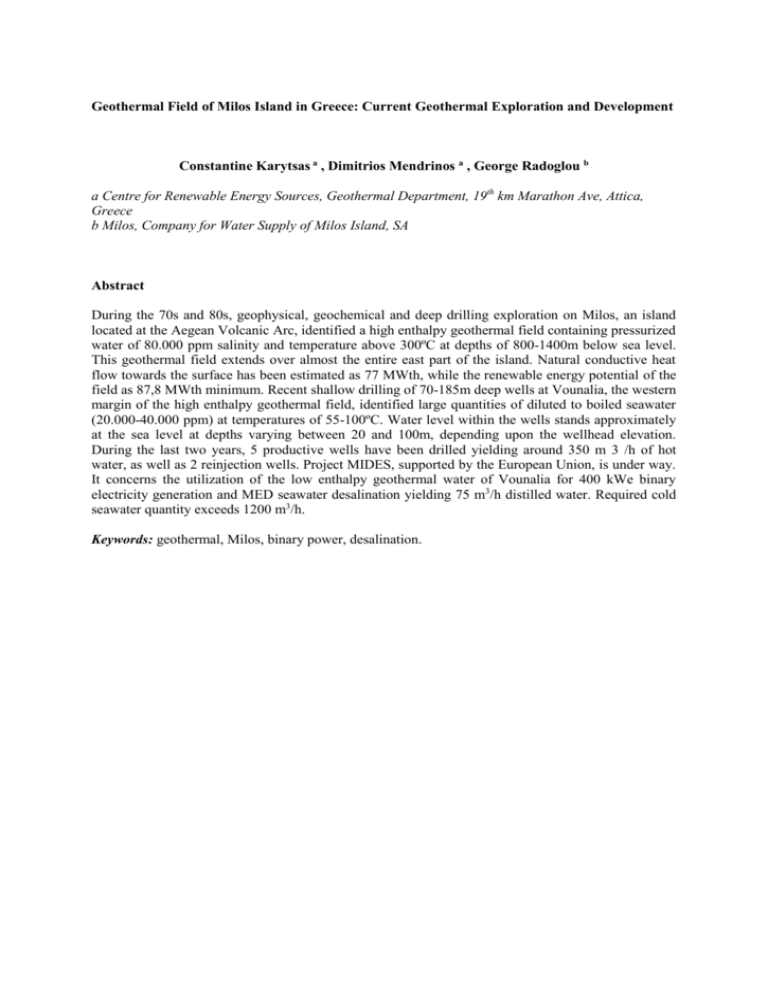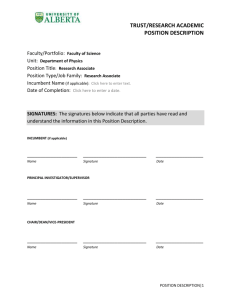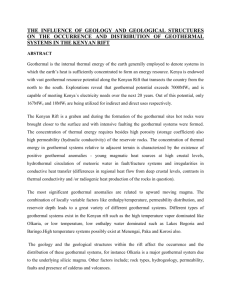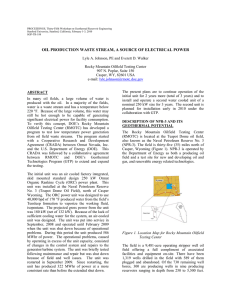Geothermal Field of Milos Island in Greece: Current Geothermal
advertisement

Geothermal Field of Milos Island in Greece: Current Geothermal Exploration and Development Constantine Karytsas a , Dimitrios Mendrinos a , George Radoglou b a Centre for Renewable Energy Sources, Geothermal Department, 19th km Marathon Ave, Attica, Greece b Milos, Company for Water Supply of Milos Island, SA Abstract During the 70s and 80s, geophysical, geochemical and deep drilling exploration on Milos, an island located at the Aegean Volcanic Arc, identified a high enthalpy geothermal field containing pressurized water of 80.000 ppm salinity and temperature above 300ºC at depths of 800-1400m below sea level. This geothermal field extends over almost the entire east part of the island. Natural conductive heat flow towards the surface has been estimated as 77 MWth, while the renewable energy potential of the field as 87,8 MWth minimum. Recent shallow drilling of 70-185m deep wells at Vounalia, the western margin of the high enthalpy geothermal field, identified large quantities of diluted to boiled seawater (20.000-40.000 ppm) at temperatures of 55-100ºC. Water level within the wells stands approximately at the sea level at depths varying between 20 and 100m, depending upon the wellhead elevation. During the last two years, 5 productive wells have been drilled yielding around 350 m 3 /h of hot water, as well as 2 reinjection wells. Project MIDES, supported by the European Union, is under way. It concerns the utilization of the low enthalpy geothermal water of Vounalia for 400 kWe binary electricity generation and MED seawater desalination yielding 75 m3/h distilled water. Required cold seawater quantity exceeds 1200 m3/h. Keywords: geothermal, Milos, binary power, desalination.











